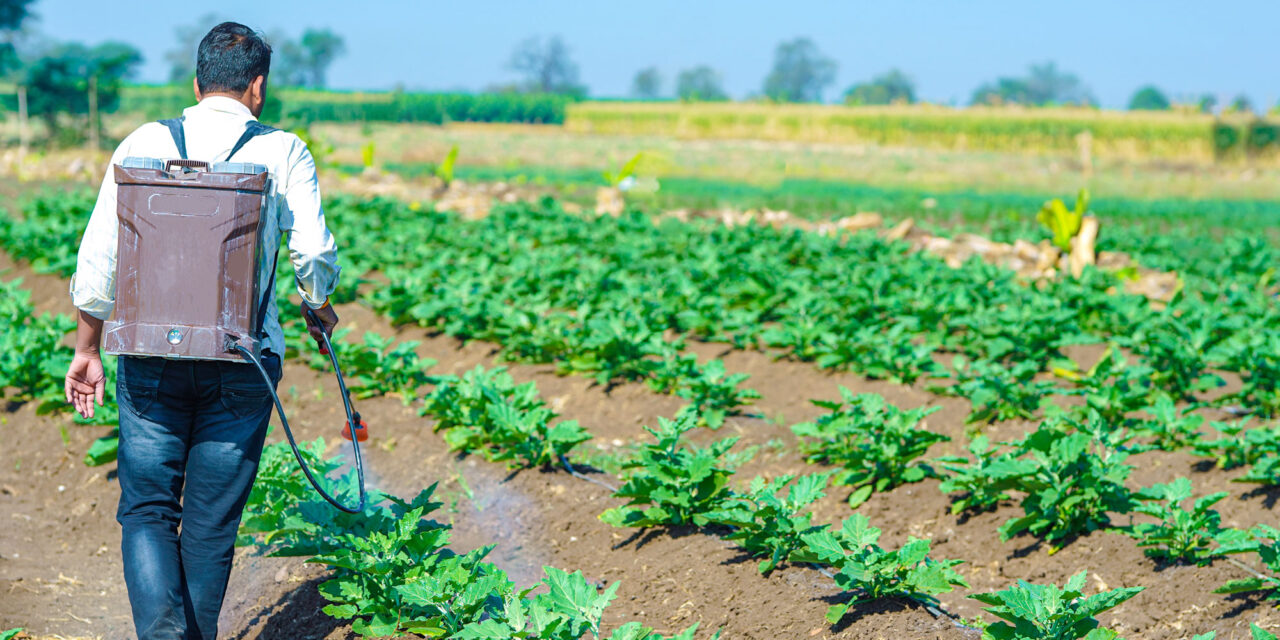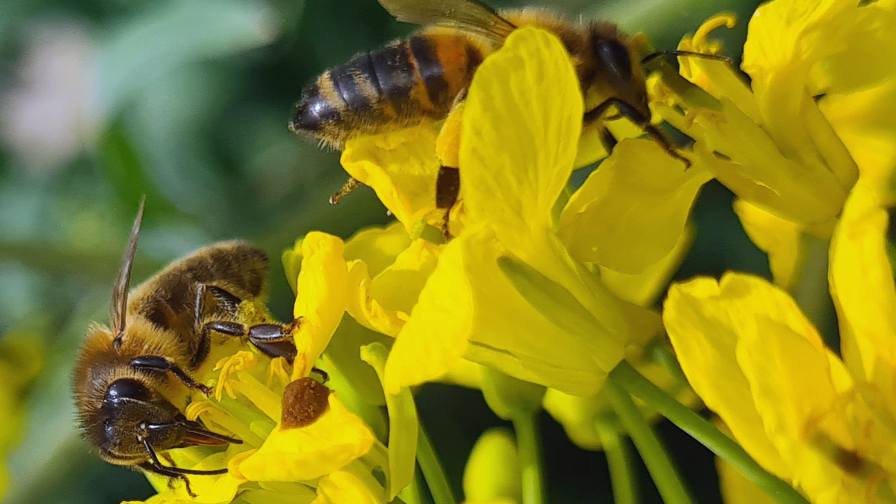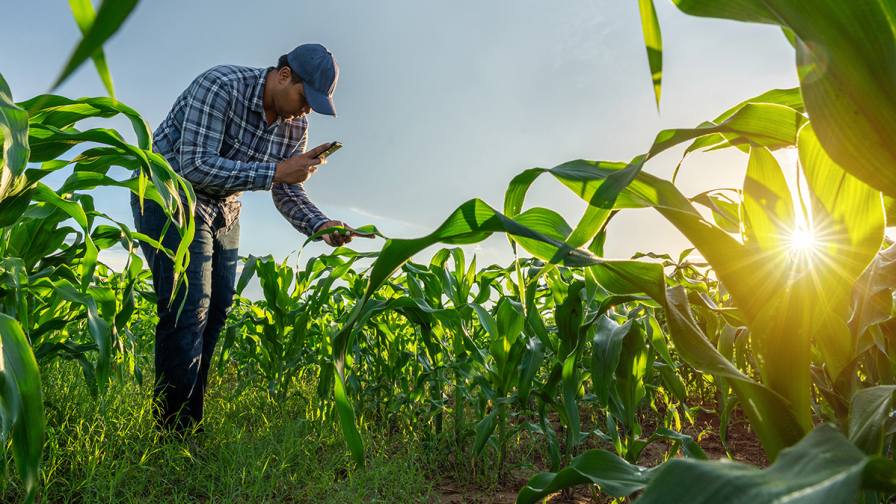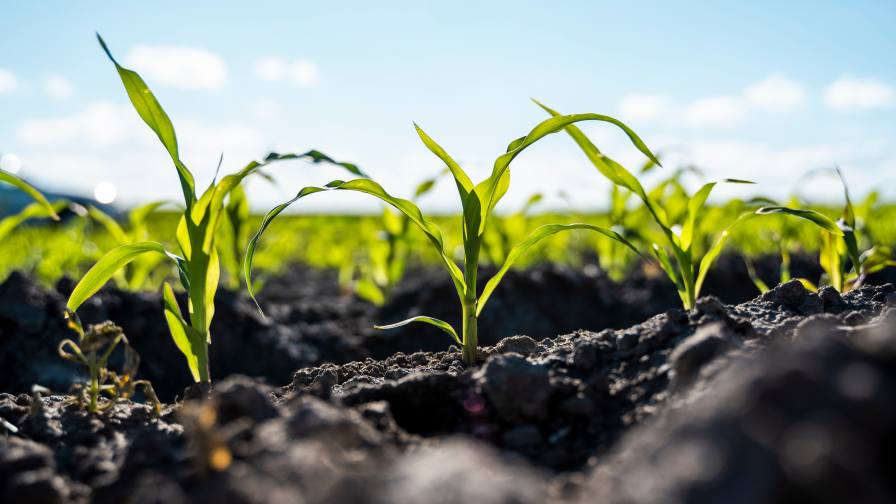Cambodian Rice, Maize Outlook Positive
Production of rice and maize in Cambodia is continuing to expand rapidly, allowing the country to become a net exporter of the crops, particularly to neighboring Vietnam and Thailand, though much of the trade is unofficial border trade, according to the US Department of Agriculture’s Foreign Agriculture Service (USDA-FAS).
The growth in production has come from improved yield as well as expansion in sown area, and the country still possesses unused land that can be converted to cultivated area. In addition, productivity gains are expected as Cambodia increases its use of fertilizers and improved irrigation systems.
Another factor working to the benefit of Cambodian exports is the trade development between the country and Thailand under the Ayeyarwady-Chao Phaya-Mekong Economic Cooperation Strategy (ACMECS), which is likely to encourage an increase in Cambodian corn exports to Thailand.
A Return To Better Times
Formerly a major rice-exporting nation in the 1960s during a period of political stability after the country’s independence from the France in 1953, Cambodia’s rice exports exceeded 500,000 tons in 1964/65, making the country become known as one of the rice bowls of South East Asia. By 1975, when the Cambodia capital Phnom Penh fell to the communist Khmer Rouge, the rice-growing area had declined by 77% and rice production had decreased 84% from the 1970 level.
During the Pol Pot era (1975-1979), the country’s agriculture was made worse through the mass dislocation of the population and the persecution of intellectuals and agriculturalists. As a result, Cambodia faced annual rice shortfalls of 100,000 to 200,000 tons per year during the 1980s.
Cambodia missed the wave of the Green Revolution almost totally — in the 1980s, nearly all Cambodian farmers continued to use traditional farming practices as they had for over 1,000 years. Pol Pot’s policy of dislocating farmers from their homelands resulted in the loss of many traditional rice varieties. Cambodia desperately needed access to improved technology when the country’s political situation became more stable in the mid-1990s.
Over the past decade, the Cambodian government, in cooperation with several international organizations and non-government organizations (NGOs), implemented rice productivity programs using different strategies to increase rice yields on small farms. This led to the introduction of high-yielding varieties, fertilizer split applications, improved farming practices, integrated pest management (IPM), and other more modern farming systems. The result was a steady increase in production over the last two decades, going from 2.5 to 2.8 million tons in the early 1980s to reaching self-sufficiency in 1985 with 3.2 million tons of production, and then becoming a net exporter in more recent years, with 4.0 to 4.3 million tons per year produced. This was possible due to increased areas and better yields (average paddy yields rose from 1.3 to 1.4 tons per hectare in the early 1990s to a current level of 2.0 to 2.1 tons per hectare). However, there is still room to grow, as Cambodia’s yields still fall below Thailand, Vietnam, and other Asian producers.
Rice, Maize To Grow
The paddy growing area in Cambodia is currently 2.2 million hectares, which occupies about 90% of the total cultivated land. Major growing areas in Cambodia are Battambong, Siem Reap, Bakeo, Prey Veng, Kandal, and Kampot. The rice growing pattern is divided into four groups: rain-fed lowland rice; rain-fed upland rice; deepwater/floating rice; and dry season irrigated rice. Paddy production in 2005/06 is estimated at 4.5 million tons, a sharp increase from 3.7 million tons in 2004/05 when production was hurt by dry weather conditions. Paddy production is forecast to reach 5 million tons in the next few years as high-yielding seed varieties and improved farming practices take hold.
Cambodia’s maize production has grown rapidly in the past decade as well, from about 50,000 to 100,000 tons in the late 1990s to 320,000 tons in 2004/05. Production in 2005/06 is estimated to drop from the 2004/05 level to 270,000 tons, due mainly to unfavorable weather conditions in Pailyn, Battambong, and Banteay Meanchey provinces, which are the major growing areas.
Based on a recent survey, increased cassava acreage is likely to replace a portion of the country’s maize area in 2006, especially in the provinces along the Thailand-Cambodian border, reports USDA-FAS. As a result, the growing area for maize is forecast to decline in 2006/07, but given normal weather conditions, harvested area for maize and average yields in 2006/07 are forecast to increase from the 2005/06 levels.
The maize area in Cambodia is centered in three provinces along Thailand-Cambodia border, including Pailyn, Battambong, and Banteay Meanchey. The growing area in these three provinces accounts for 80% of Cambodia’s total maize area. The rest of the growing area is located in Kampong Cham and Takeo provinces along the Mekong River. The main crop is a rainy season crop, which is seeded between April and June and harvested between August and October.
Cambodia has the potential to increase its production to 1 million tons per year quite easily in the next three to five years, because it still has uncultivated land that can be converted to maize area, and there is still room to increase maize productivity through increased use of fertilizer and improved irrigation systems.





